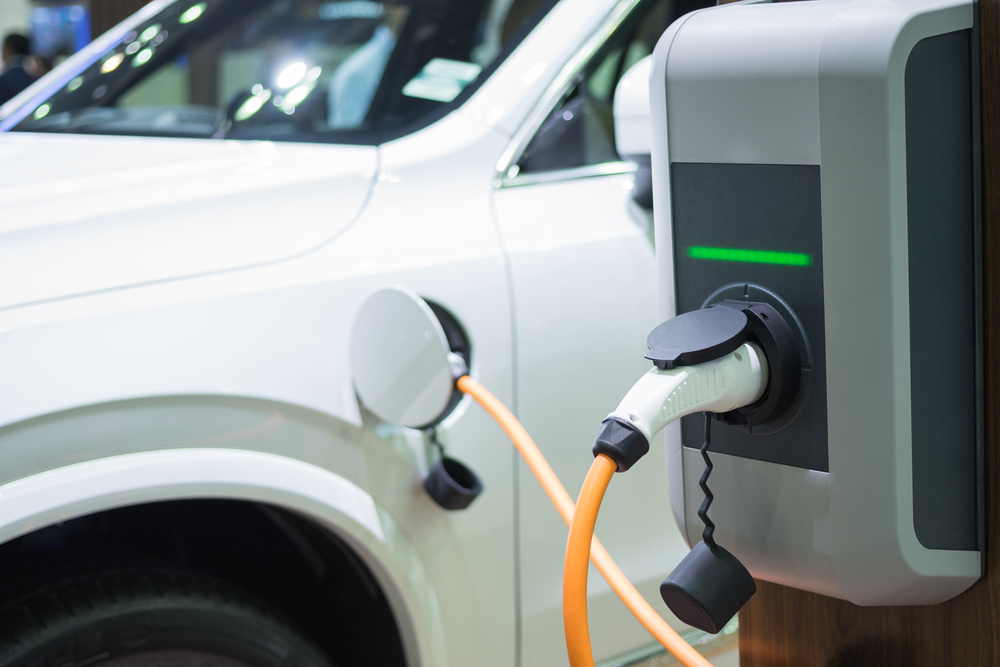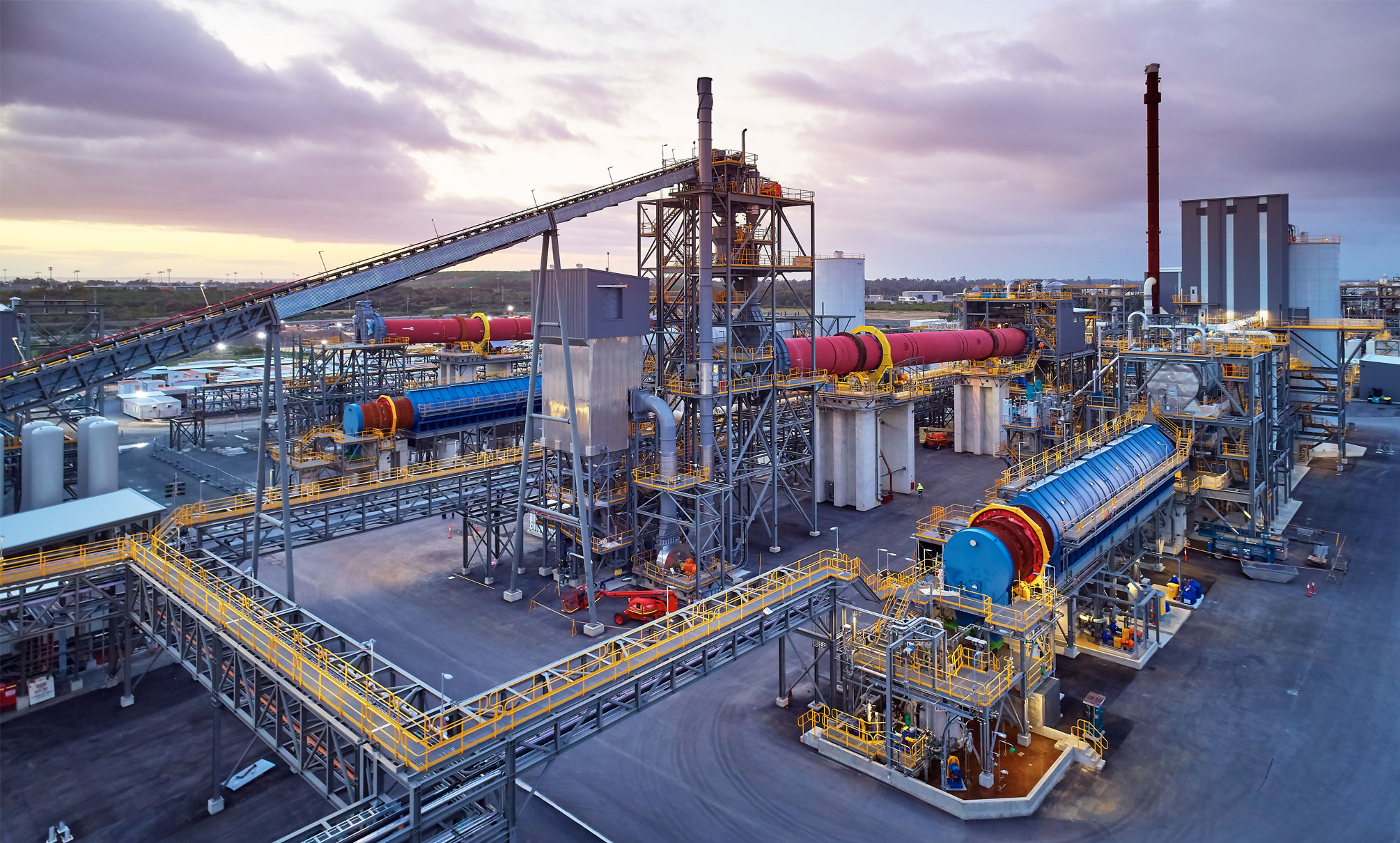Electric car boom to turbocharge battery metal producers – Moody’s

Demand for metals used in battery electric vehicles could rise sixfold if electric cars reach 8% of road traffic by the mid-2020s, delivering huge dividends for producing countries like Democratic Republic of Congo, Moody’s said on Tuesday.
The credit ratings agency said a worldwide shift to electric vehicles would likely drive up demand for cobalt, of which DRC is the world’s number one producer, as well as lithium, nickel and copper.
However, weak governance in the central African country could dissuade investors and scupper its potential, it added in a research note.
Other economies that would reap the benefits of the push towards electric cars include Chile, and the Philippines, followed by Peru, Indonesia, and Australia, it said.
The battery boom has the greatest potential to boost Congo’s sovereign credit rating because the production value of these metals would be “extremely large” relative to its economy
The battery boom has the greatest potential to boost Congo’s sovereign credit rating because the production value of these metals would be “extremely large” relative to its economy.
By 2030 cobalt production could be equivalent to nearly 16% of DRC’s total GDP last year, more than half of its goods exports and 133% of its government revenue, and significantly boost its fiscal and current account balances, Moody’s wrote.
But “very weak governance, poor infrastructure and persistent pockets of social instability” remain key obstacles to foreign investment, slowing the country’s ramp-up of production, they said.
An increased focus on environmental and social issues and the traceability of metals adds another risk for DRC, Moody’s added.
But even “very partial” exploitation of DRC’s mineral wealth will likely have a credit-positive impact, the analysts said.
DRC’s economy is already in thrall to volatile battery metal prices. It is expected to grow 4.3% this year versus 5.8% in 2018 due to lower copper and cobalt prices, the International Monetary Fund forecast.
The fall in cobalt prices prompted Glencore to halt output for two years from end-2019 at its Mutanda mine in DRC, the world’s biggest cobalt mine.
Among other battery metal producers, Chile will likely see a more moderate impact, with production of battery metals likely accounting for more than 5% of 2018 merchandise exports and total government revenue by 2030, according to Moody’s.
Peru will likely increase its share of the metals market through new exploration projects, while the Philippines should also see economic gains and increased revenue collection.
Canada, China, and Russia would be the least impacted by higher demand for battery metals, Moody’s analysts said, due to the size and diversification of their economies.
(By Helen Reid; Editing by Pratima Desai and Jan Harvey)
{{ commodity.name }}
{{ post.title }}
{{ post.date }}

Comments